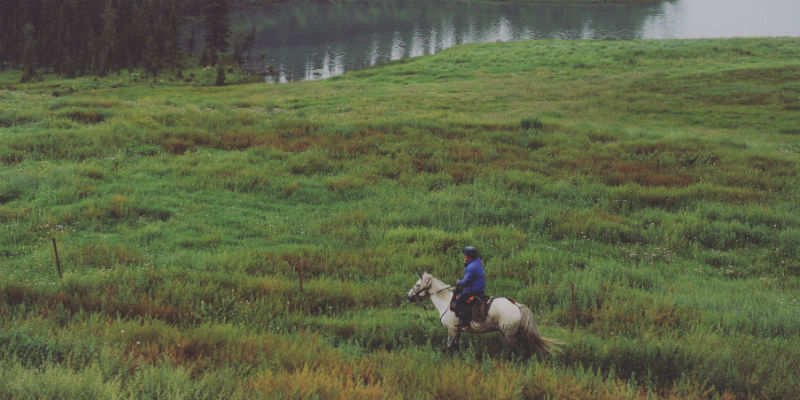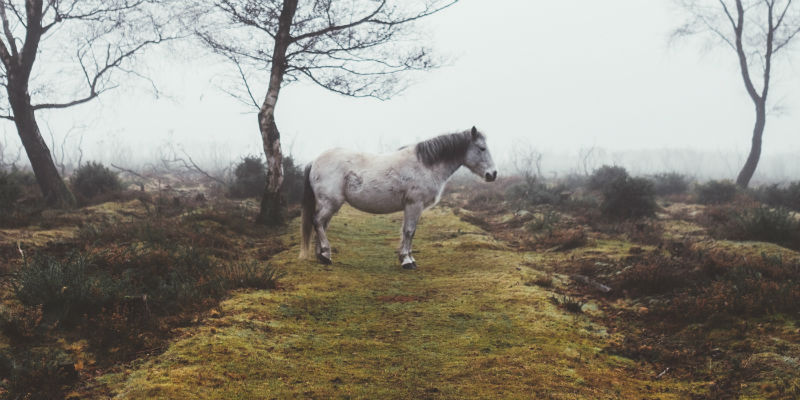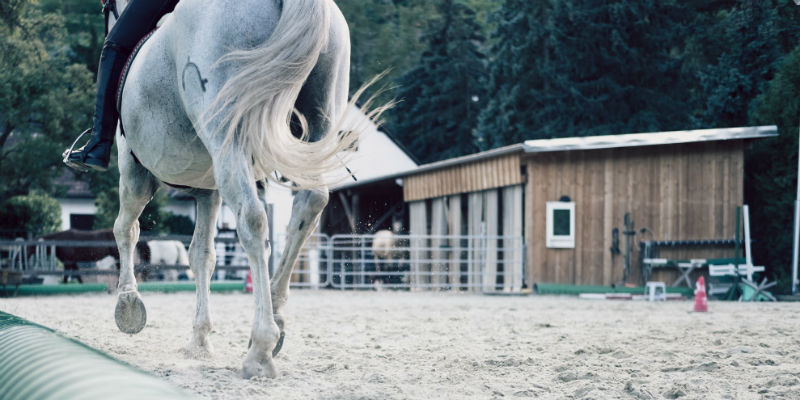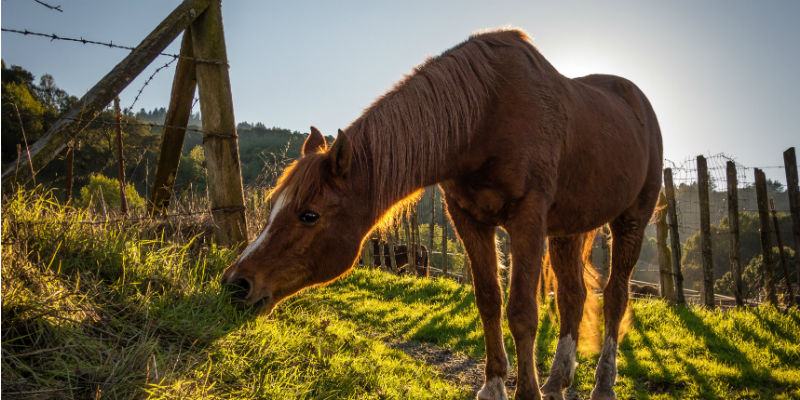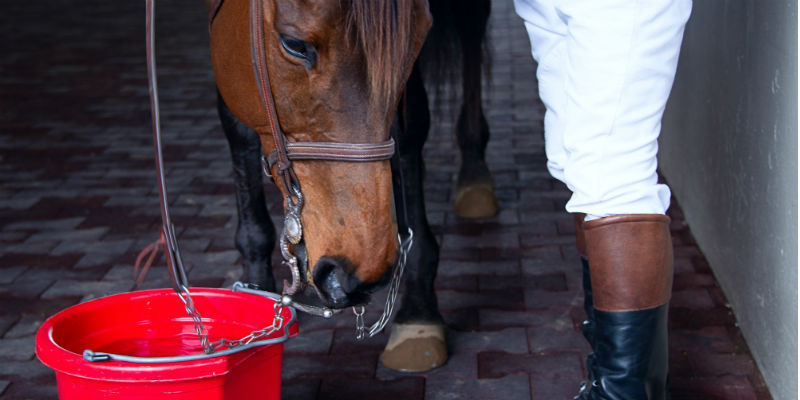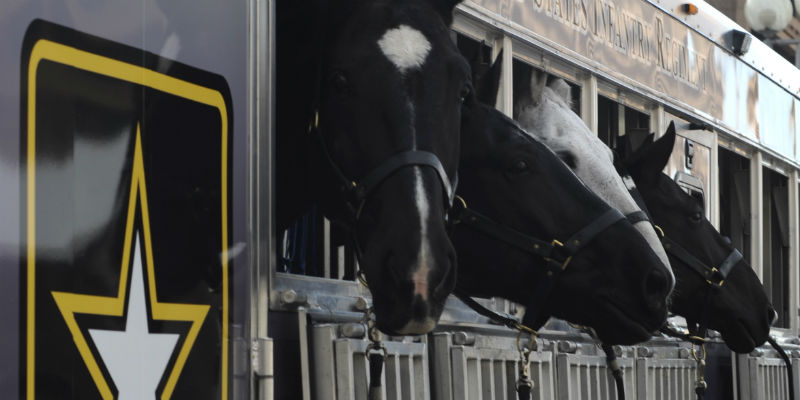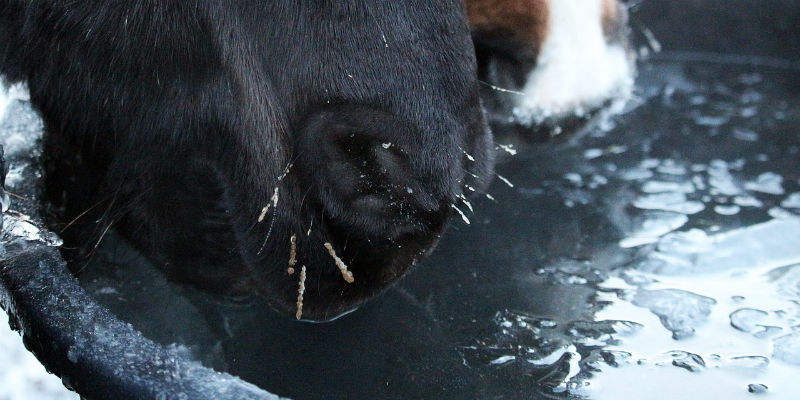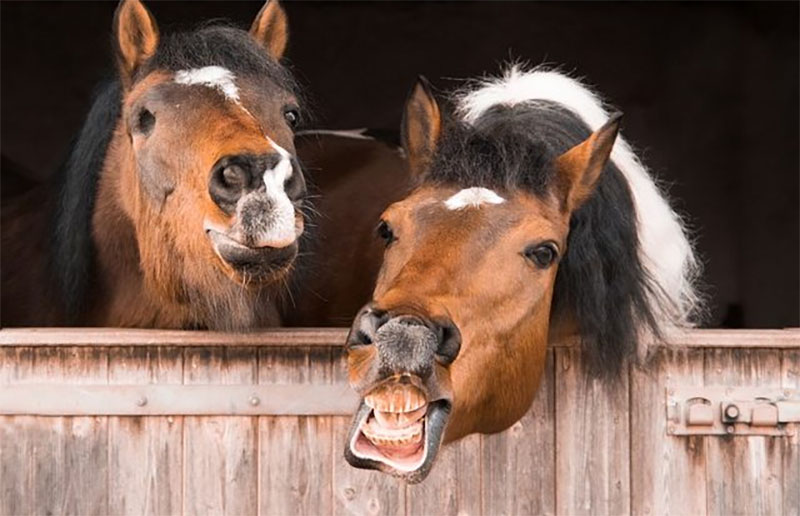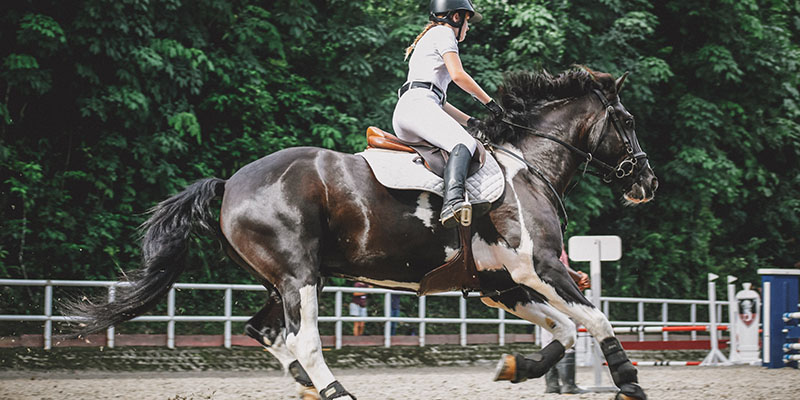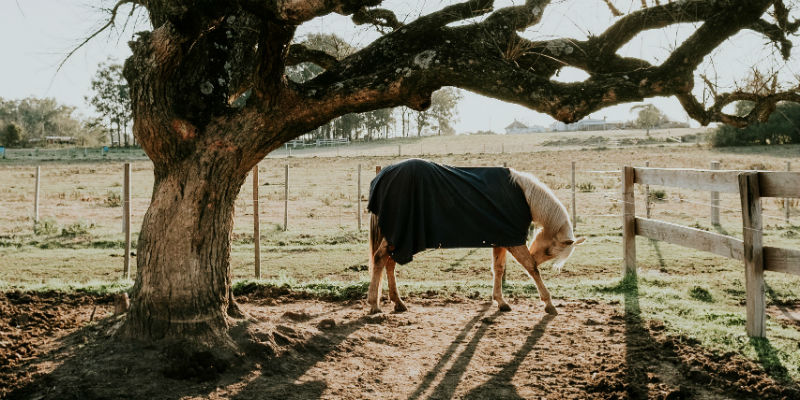How To Rescue A Horse
Wondering how to rescue a horse? Though there are no set formulas to adopting the right horse for you, it can be a difficult and trying experience that you don’t want to get wrong. To help you on this journey, your friends at Colorado Horse Property has come up with a few this to do in the process of adopting a horse. First things first, take a look at how much it will cost you to care for a horse. The cost of owning and caring for a horse is ongoing, not to mention the initial adoption fees. Ensure that your budget includes boarding, feed, tack, training, veterinary care, and supplements for your horse.
Most people want to adopt horses in order to ride them, but don’t just assume it is as easy as that. First evaluate your riding-skill level. If you’re a beginner, start with a horse that is well-trained and confident, versus an untrained, or newly started horse. Not interested in riding your adopted horse? Know what you’re looking for in your horse. Do you need a horse to ride on occasional short rides? Long trail riding? Are you getting a new horse as a companion to a horse you already have? Knowing what you want before you start the process can help you pin point where to adopt your horse.
Choosing a Rescue and Horse
One of the biggest challenges in adopting a horse is finding the right rescue to go with. Some people are restricted by low numbers of rescues in their state. Luckily for you, you live in the great state of Colorado where horse rescues are plentiful. For a full list of rescues, check out our list of Colorado horse rescues! When choosing, be prepared to answer some of these criterion:
Where do the horses come from in the rescue in question? Does the horse rescue only take in horses that are removed from neglectful situations, or does it take horses from auctions or individuals? Will the rescue share the horse’s health records with you? Can you talk to their veterinarian and get the full narrative on any health issues? Does the rescue have a good reputation in the community? Ask local horse owners, veterinarians, and farriers about the rescue in question, if there are any concerns than these horse related professionals are going to know about them. If you have any more questions on how to rescue a horse, contact Colorado Horse Property today.


